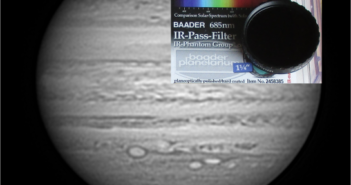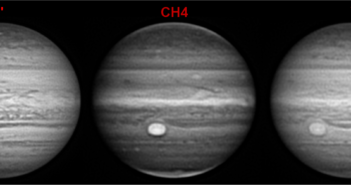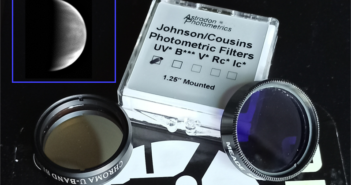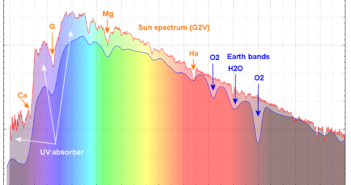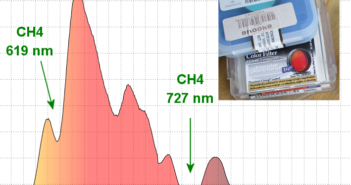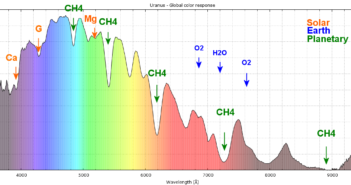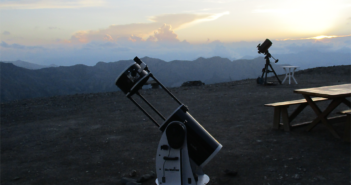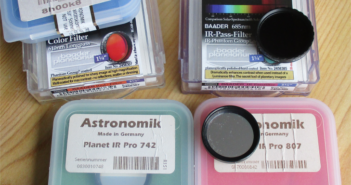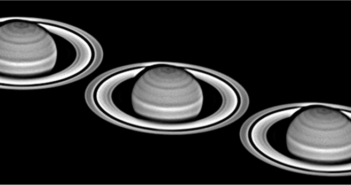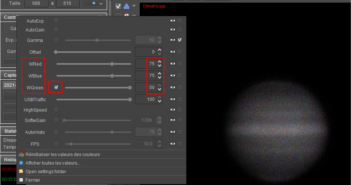
Let’s start first by what will not change in comparison with any other camera: how you are going to choose the time exposure, the gain; the length of the video… This must be set as usual, following the object, the conditions, the filter used, etc. Only the very high sensitivity…

